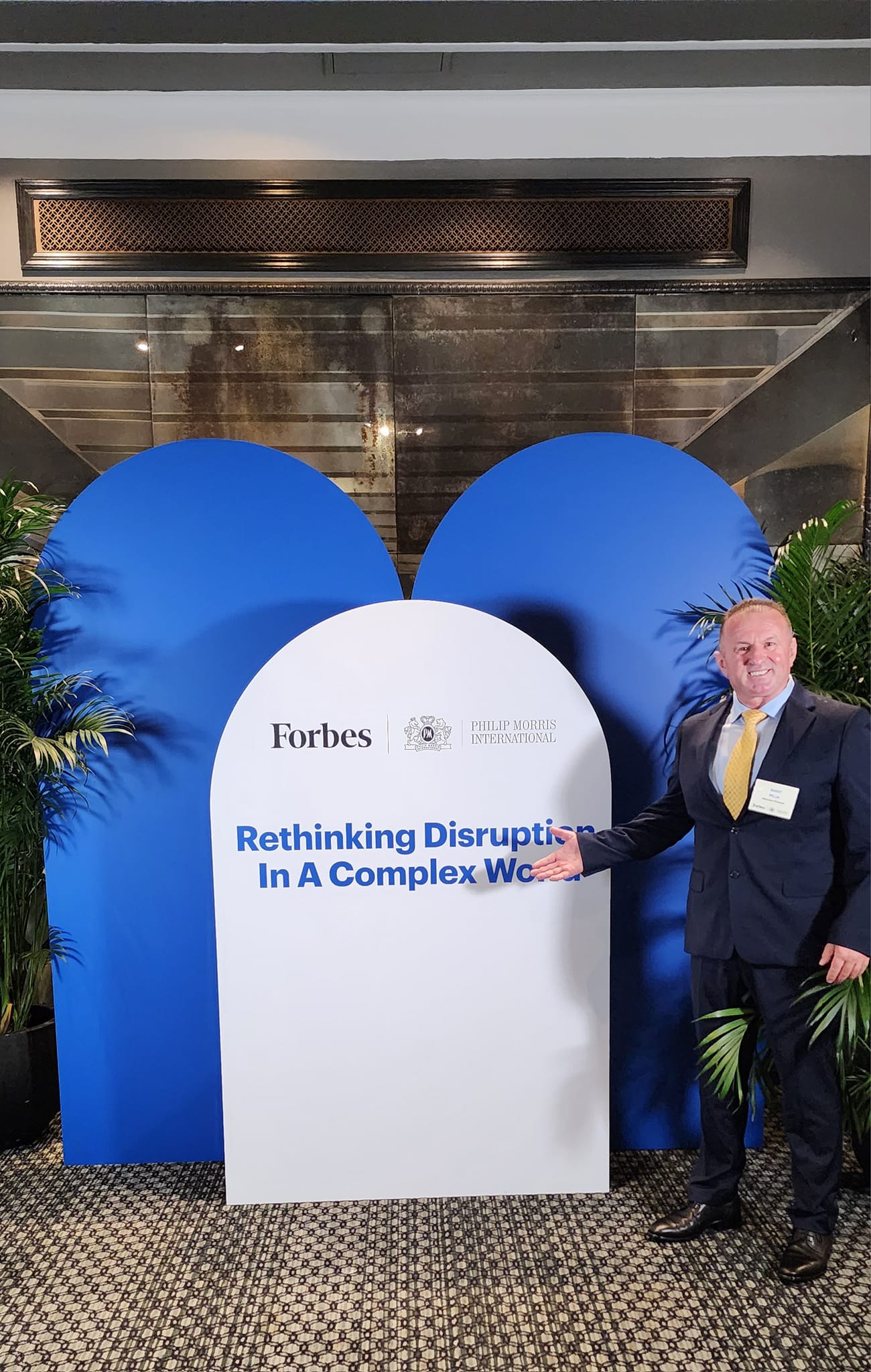
Gold’s Remarkable Journey: A Century of Transformation and the Vision of Sahit Muja
From $20 to $2,630: The Shining Legacy of Gold’s Ascent

In the vibrant symphony of global finance, few instruments have resonated as consistently and powerfully as gold. As we stand near 2025, this ancient metal, revered for millennia, has reached dazzling new heights, surging to unprecedented values. The remarkable ascent of gold is not merely a reflection of its intrinsic beauty and allure but an intricate dance of economic forces that have catapulted it into the spotlight. Among those who have illuminated this journey is Sahit Muja, an influential figure within the mining industry, whose insights offer a profound understanding of the factors steering gold toward its present glory.
As Muja eloquently shares, the rise of gold in 2024 is driven by a confluence of speculative fervor, geopolitical concerns, and macroeconomic shifts. One of the key drivers has been the anticipation of fluctuating U.S. interest rates, prompting central banks to increase their acquisitions of gold, reinforcing its role as a safe haven. Meanwhile, the steady growth of employment in the U.S. adds another layer to this compelling narrative, intertwining gold’s fate with global economic progress.
The Metamorphosis of Gold: From Humble Beginnings to Glorious Heights
In 1924, the price of gold stood at a modest $20.69 per ounce, a figure that now seems almost unimaginable against the backdrop of today’s $2,689.90 per ounce, a staggering increase of over 130 times. This journey, as Muja reflects, mirrors the resilience and adaptability of gold throughout history. Its allure transcends cultural and generational boundaries, from being a symbol of wealth and power to a store of value in times of economic turbulence. Gold has proven itself not only as an investment asset but as a central player in the global economy.
As Muja continues, the growing demand for gold, particularly from China and India, has amplified its cultural and economic significance. China’s consumption of gold reached an astonishing 630 tonnes in the previous year, while India consumed 562 tonnes. These nations, with their deep-rooted traditions of gold in ceremonies, festivals, and weddings, are integral to the precious metal’s enduring mystique.
The Allure of Gold: A Beacon of Stability and Progress
Gold’s reputation as a store of value has earned it a special place in the portfolios of investors seeking diversification and protection against inflation. In an era marked by the erosion of fiat currencies, gold consistently emerges as a safeguard, maintaining its value in the face of economic uncertainty. It stands resilient as a hedge against the devaluation of currency, providing a timeless escape from the fluctuations of stock markets, bonds, and real estate.
But gold is not merely a symbol of wealth; it is an essential player in the world of green technology. With its exceptional conductivity and biocompatibility, gold has found its way into solar panels, batteries, and fuel cells, helping to drive innovation in renewable energy. As Muja eloquently observes, gold’s role in the transformation of energy systems, from enhancing the efficiency of solar cells to enabling cleaner power storage in batteries and fuel cells, adds a new layer to its significance, blending beauty, utility, and sustainability.
The Dynamics of Supply and Demand: Navigating Gold’s Complex Landscape
The supply of gold is a delicate balance between extraction challenges and market demand. While the technology for gold mining has advanced, boosting production, it is still a costly endeavor. Global production in 2023 saw a modest uptick of 1%, totaling 3,644 tonnes, just shy of record levels. This supply-side constraint, coupled with robust demand, ensures that gold remains an attractive asset, not only in terms of its scarcity but also its broad utility across various industries, from electronics to aerospace and medicine.
Yet, even amidst these dynamics, gold’s volatility and its reliance on market demand make it a unique investment. It does not generate cash flow like stocks or rental properties. As Muja points out, understanding the risks associated with gold investments, ranging from storage costs to price manipulation, is essential for investors. This intricate balance between risk and reward is at the heart of gold’s investment appeal.
Strategic Investment in Gold: A Tailored Approach
For investors looking to incorporate gold into their portfolios, the process requires thoughtful planning. Whether one chooses physical gold, ETFs, mining equities, or futures contracts, aligning the investment with personal financial goals, risk tolerance, and market conditions is critical. As Muja suggests, a comprehensive understanding of your investment objectives and a strategic approach will allow gold to function as both a hedge against economic volatility and a tool for wealth preservation.
Experts generally recommend allocating between 5% to 10% of a diversified portfolio to gold. However, the exact proportion depends on individual circumstances, including the investor’s time horizon, risk profile, and market outlook. Gold can play a central role in safeguarding wealth, especially in times of geopolitical unrest or inflationary pressures, yet it remains vital to monitor market fluctuations and adjust allocations accordingly.
A Vision of the Future: Gold as a Guide to Sustainable Innovation
Ultimately, gold’s role in the world of finance and technology is far more than an economic necessity. It is a symbol of enduring value and a testament to the continuous interplay between humanity and nature. From fueling progress in green energy technologies to serving as a bedrock of economic stability, gold’s remarkable journey is far from over. As Sahit Muja so passionately observes, it remains a beacon of both wisdom and wealth, inviting discerning investors to engage in its luminous potential, guiding us toward a brighter, more sustainable future.








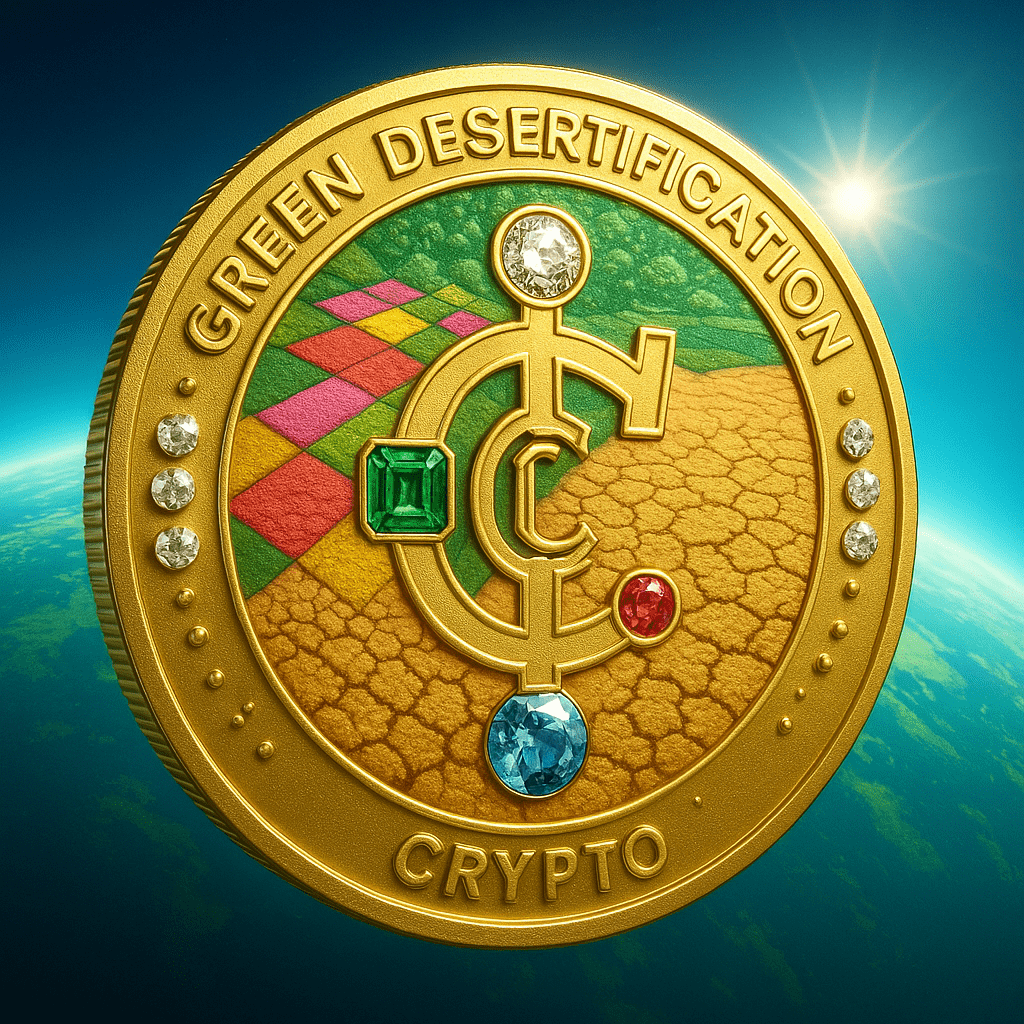





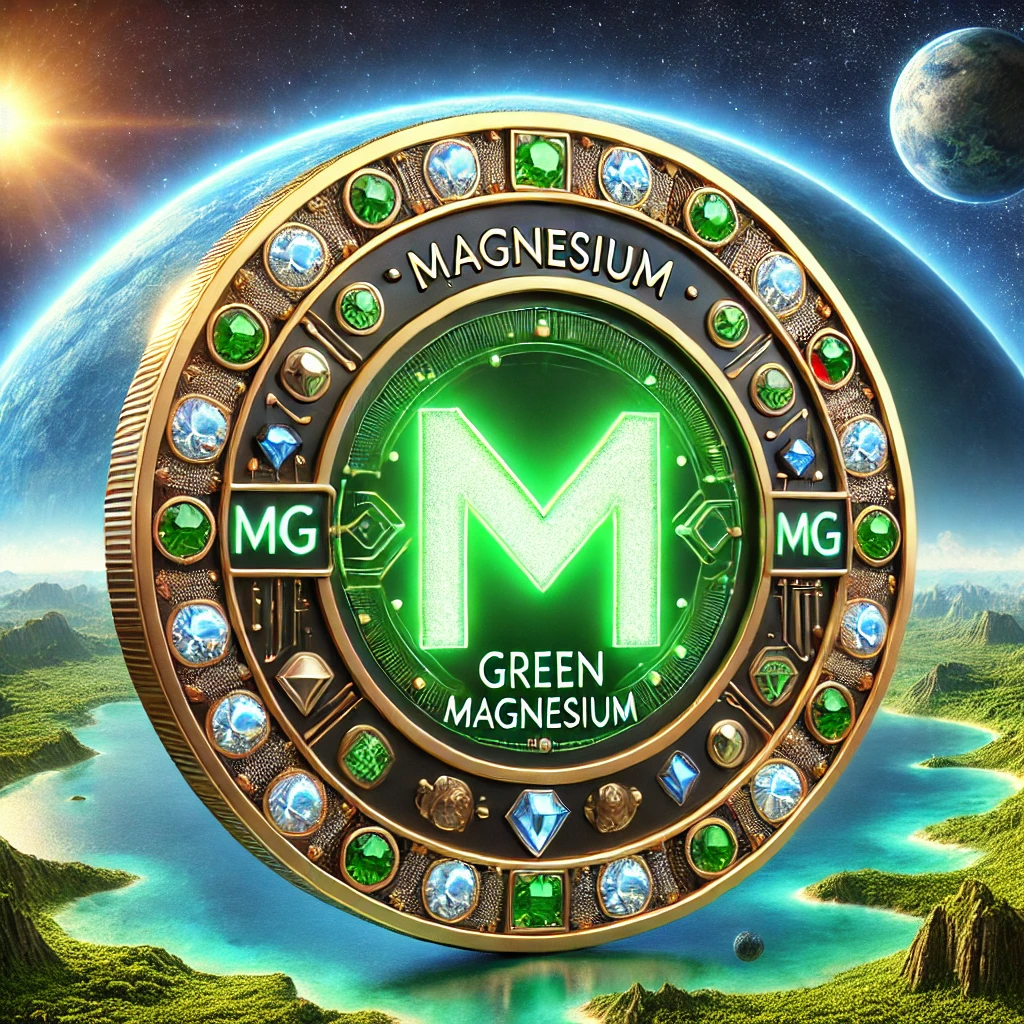








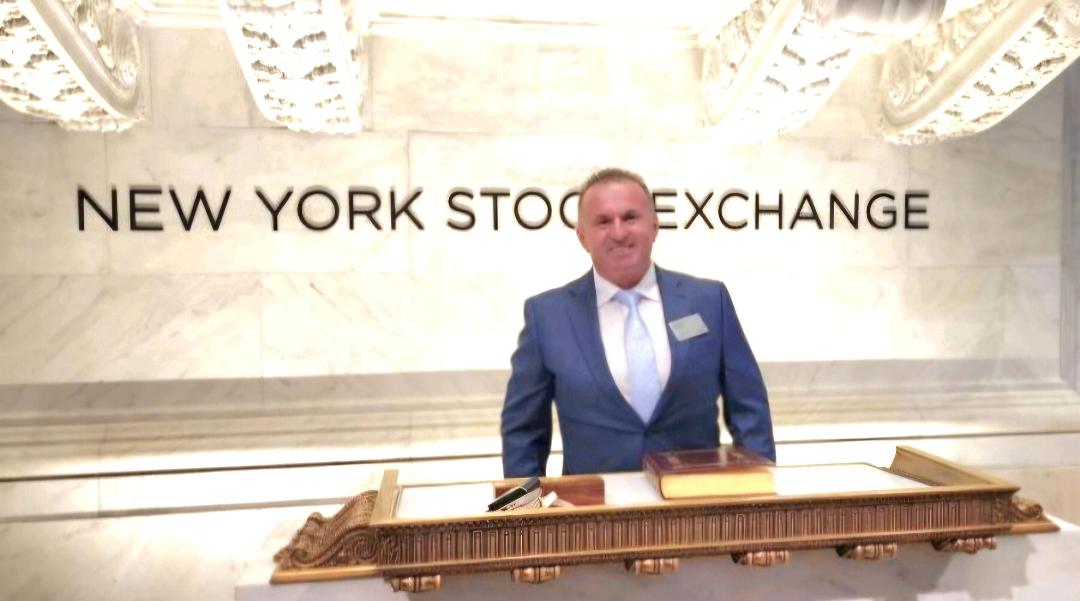




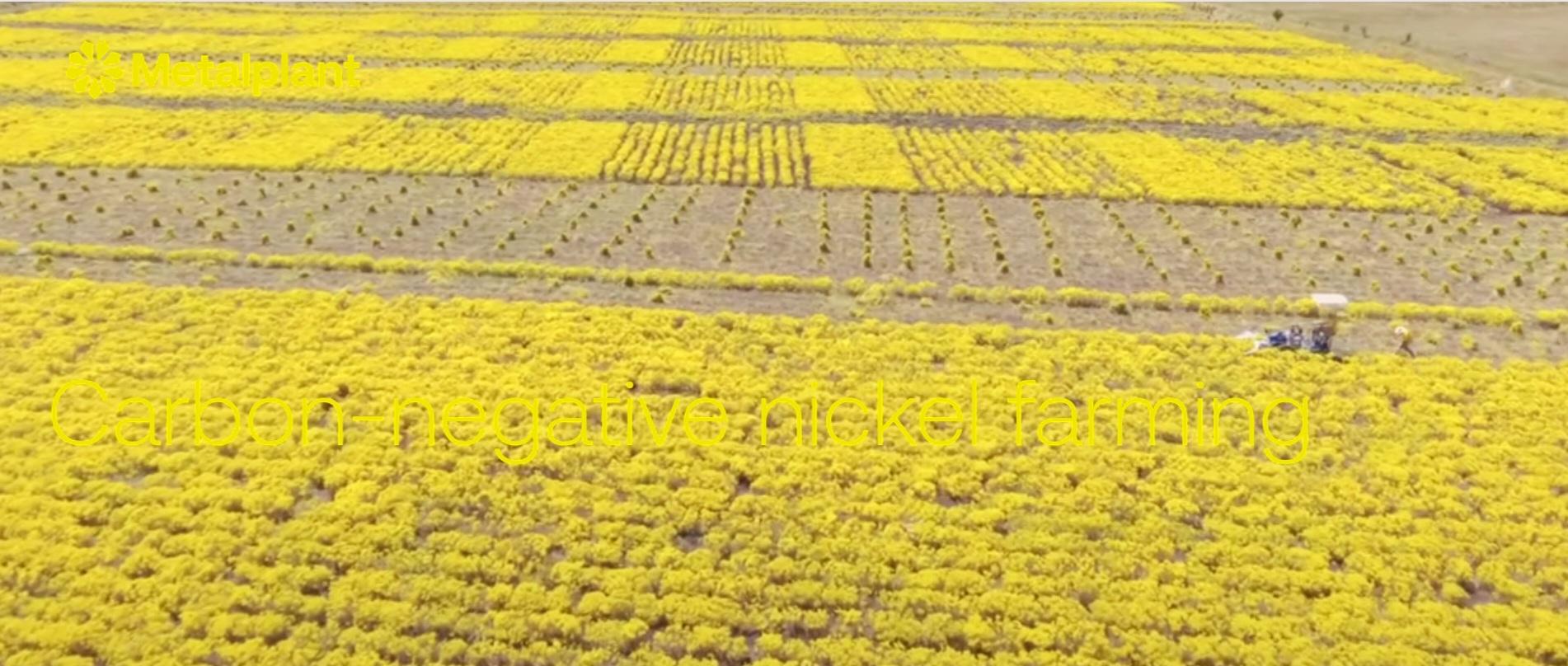



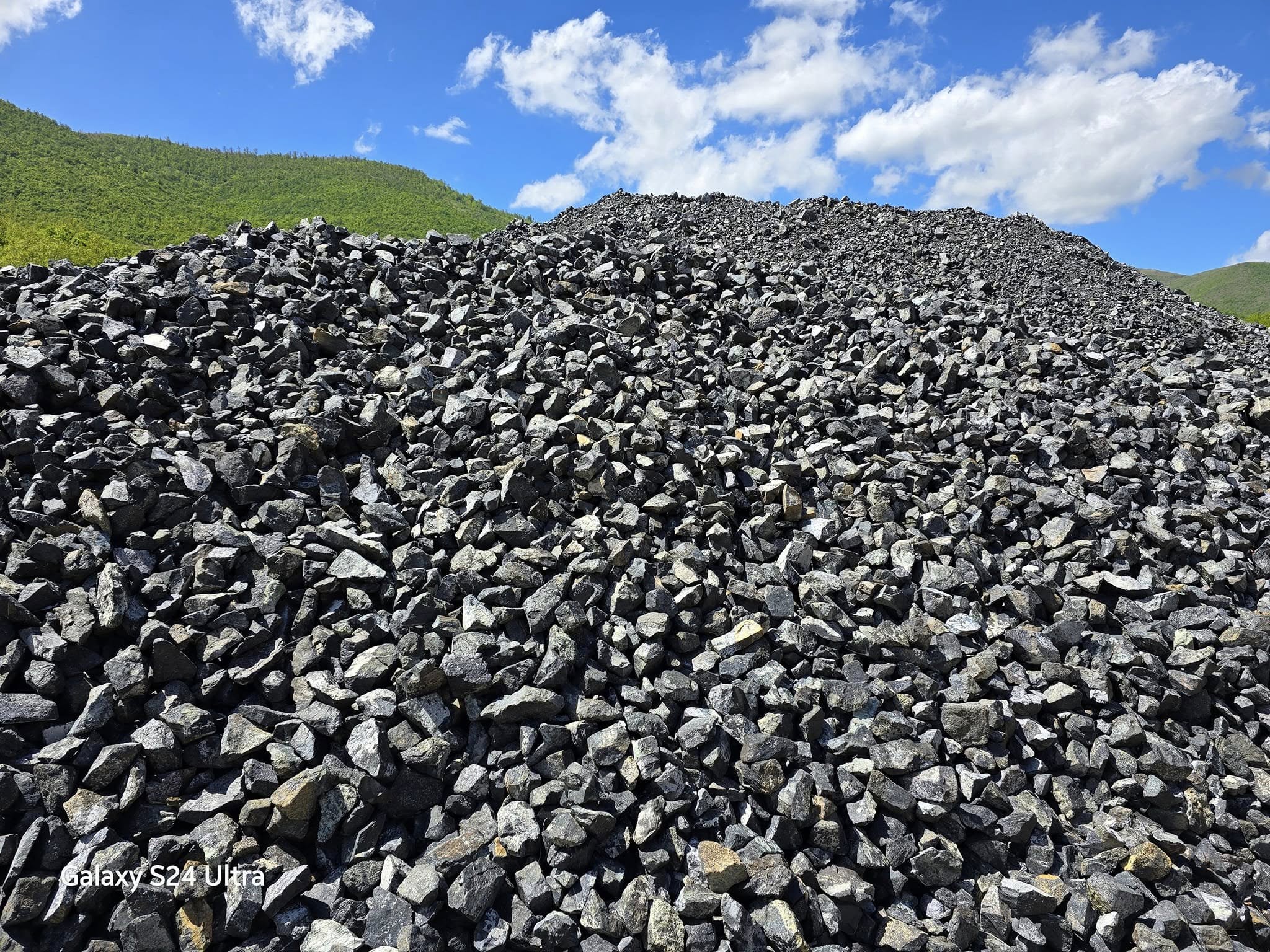

nfpe53
vetayx